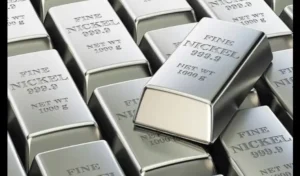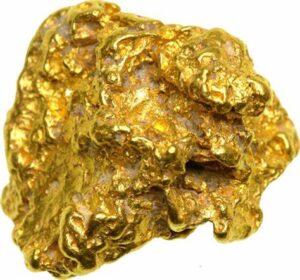Major Characteristics:
Platinum, with its silvery-white appearance, boasts lustrous, ductile, and malleable properties, making it highly versatile for industrial applications. Its resistance to chemical corrosion, exceptional high-temperature capabilities, and stable electrical attributes render it indispensable in various sectors. Renowned for its durability and resistance to tarnishing, platinum is esteemed for crafting fine jewelry and holds a value surpassing that of gold. While traded as a commodity, platinum has gained traction as an investment avenue, although it’s not widely regarded as a monetary base like gold.
Global Supply-Demand Scenario:
Platinum supply primarily stems from mine production, auto catalyst refining, and jewelry refining, contributing approximately 6.15 million ounces, 1 million ounce, and 0.9 million ounce respectively in 2008. With more than 90% of production hailing from South Africa and Russia, annual production averages around 6.2 million ounces. Despite its vital role in various industries, platinum mining is capital intensive, requiring substantial raw ore for minimal output. Unlike gold and silver, platinum lacks significant above-ground stockpiles, heightening vulnerability to supply disruptions. Global demand, driven by auto catalysts, jewelry, and industrial applications, stood at approximately 7.79 million ounces in 2008, with North America, Europe, China, and Japan leading consumption.
World Platinum Markets:
Key platinum markets include the London Platinum and Palladium Market (LPPM), serving as the industry benchmark for price determination, alongside derivative exchanges in New York, Japan, and Mumbai.
Indian Platinum Market:
India’s platinum consumption has surged due to economic growth, with estimates reaching 932 kgs in 2008-09 and projected to rise to 1200 kgs in 2009-10. Sectors such as automobiles, petrochemicals, jewelry, electronics, and dental applications contribute to India’s increasing demand.
Market Moving Factors:
Indian platinum prices closely track international rates, with fluctuations in INR-USD exchange rates exerting additional influence. Globally, macroeconomic indicators, currency fluctuations, and emerging market dynamics significantly impact prices. Economic conditions in major consuming nations such as the USA, Europe, Japan, and China drive consumption, particularly in industrial sectors like automobiles. Platinum prices are vulnerable to production disruptions, policy changes in producing countries, and fluctuations in global stocks, notably in Russia. Furthermore, price movements in other precious metals, notably gold, exert a notable influence on platinum prices.
MEASUREMENTS – WEIGHT CONVERSION TABLE
| To Convert From | To | Multiply By |
|---|---|---|
| Troy ounce | Grams | 31.1035 |
| Troy ounce | Kilograms | 0.0311035 |
| Million Troy Ounce | Tonnes | 31.1035 |
| Kilograms | Troy Ounce | 32.1507 |
| Tonnes | Troy Ounce | 32150.7 |





















+ There are no comments
Add yours